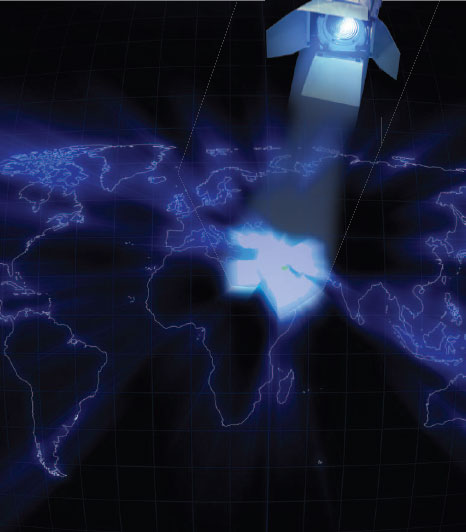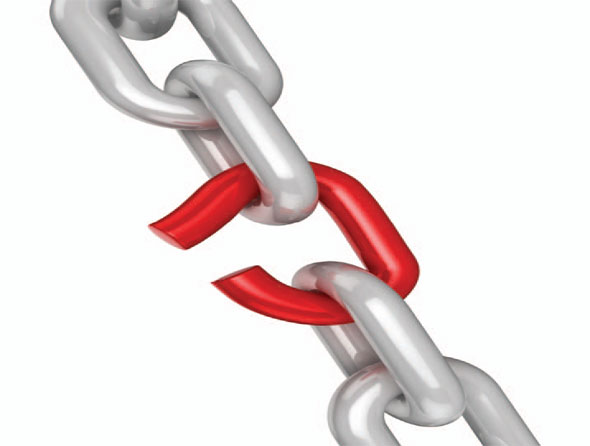There are long-term opportunities for the Middle east and north africa despite the short-term challenges being faced because of unrest, according to the IMF. It believes that the region will have the chance “to lay the foundation for a socially inclusive and more dynamic growth model”.
But, in the near term, countries face multiple pressures stemming from higher commodity prices and disruptions to economic activity, the IMF said in its april 2011 regional economic Outlook for the Middle east, north africa, afghanistan and Pakistan (MENAP).
“In the long run, the uprisings could give a boost to the economies in the region by setting a more inclusive growth agenda, improving governance, and providing greater and more equal opportunity for its young and growing population.
“However, the near-term outlook is challenging, and there is a pressing need to address unemployment and improve social safety nets,” Masood ahmed, director of the IMF’s Middle east and Central asia department, said at the launch conference of the report in dubai.
“The immediate challenge facing oil importing countries in the Middle east is to maintain social cohesion and macroeconomic stability in the face of multiple pressures,” he added.
The report projects overall growth in the MenaP region at 3.9 per cent. But within that picture, the economies of the oil-exporting countries – algeria, Bahrain, Iran, Iraq, Kuwait, Oman, Qatar, saudi arabia, sudan, the United arab emirates and Yemen – are expected to expand by 4.9 per cent (projections exclude Libya), owing largely to higher oil prices and oil production.
The combined external current account balance for regional oil exporters is expected to more than double to $380bn in 2011 (excluding Libya). Overall, these economies are set to expand, with overall real GDP (excluding Libya) projected to grow by 4.9 per cent in 2011.
While, for the group as a whole, non-oil GDP growth is projected to remain flat at 3.5 per cent. In the GCC, it’s said that increased spending will result in an increase in non-oil GdP growth to 5.3 per cent in 2011, from 4.2 per cent in 2010.
Despite the higher spending, though, fiscal positions will improve, with higher oil revenues more than offsetting additional public expenditure. “notwithstanding this overall positive outlook, the region’s oil exporters continue to face challenging structural issues, such as the need for greater diversification of their economies, job creation for their populations, further financial development to support economic growth and improvements in the management of public resources,” said the report.
It adds that oil importers in the region will face a difficult economic year as they manage both internal and external pressures. The deterioration in the terms of trade resulting from higher food and fuel prices is expected to inflate their import bill by about $15bn, or nearly three per cent of GDP on average, says the IMF report. This will, in turn, translate into either higher inflation or a worsening fiscal balance, depending on the extent of subsidies.
“For many oil importers, political turmoil is expected to weigh on tourism and investment, which, together with higher funding costs and pressures for higher spending across the region, will add to fiscal pressures. and pressures on macroeconomic and financial stability – if not addressed quickly – could impede the pursuit of a new socially inclusive growth agenda and hamper job creation.
“To this end, governments that are faced with limited fiscal space will need to consider partially offsetting some of the additional spending in priority areas through cuts elsewhere.”
As a whole, the report noted that the region had many strengths: a dynamic and young population, vast natural resources, a large regional trading hub, an advantageous geographic position and access to key markets. “While the months ahead will be challenging and inevitably marked by setbacks, there is now momentum for change to build upon,” ahmed concluded.
 Cash And Trade Magazine For Cash and Trade professionals in the Middle East
Cash And Trade Magazine For Cash and Trade professionals in the Middle East




